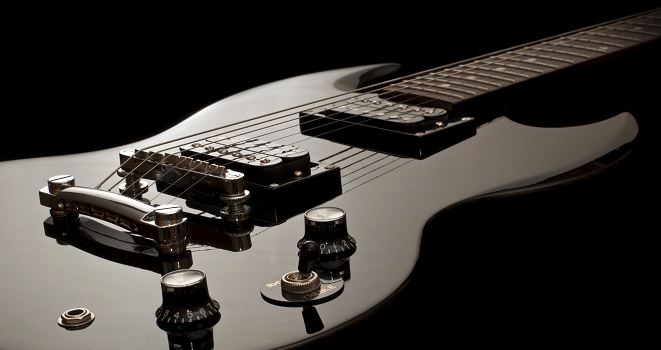A look at a current news item through the lens of different Gale electronic resources.
By Michelle Eickmeyer
This week, the world lost a prolific and highly-esteemed musician, B.B. King. For non-jazz fans, B.B. (born Riley B King) was probably the only jazz musician whose name was recognizable (perhaps second to Louis Armstrong). Infamous for his black Gibson guitar, Lucille, B.B. was synonymous prized instrument. Though he consistently carried “Lucille” throughout his career, there were, in fact, many of ‘her’ along the way. Unlike his peers, B.B. named each of the guitars he carried Lucille as a reminder to make good choices and avoid risks. In fact, B.B. nearly died trying to rescue the first Lucille from a bar fire in Kansas, which was ignited during a fight. Over a woman. Named Lucille.
In the end, it was diabetes that ended his reign as King of the Blues. Having worked and shared the stage with many extraordinary artists, including U2 and Mick Jagger, BB’s influence on music is undisputed.
I would also like to note that earlier this month, jazz percussionist Jerome Cooper died at 68. Sad times for jazz fans.
Here’s a look at BB King and music through four online resources from Gale.
Fine Arts and Music Collection
People, movements, places, and other important attributes to art and culture are explained and explored in this dedicated collection, providing focused contemporary content on fine arts topics. Updated daily, this InfoTrac collection offers more than 10 million articles dedicated to drama, music, art history, film making, and beyond. Audio, video, image results at depth add an essential layer of content to these important topics.
Whether you’re looking for a brief biography or a more comprehensive look at B.B.’s impact on music, musicians, African-Americans, American culture, or the world at large, there is an eBook for it in GVRL. Users can also find information on the musical genres, movies, biographies (of B.B. and of others in the music industry), and guitars.
Literature Criticism Online may not be an obvious first pick, but art often moves between mediums—and poetry and music, or drama and music, are often closely intertwined. Whether you’re working to understand the origins of blues music from southern vaudeville or the inter-relatedness of poetry in the context of Parnassian and Symbolist poets, you’ll find supporting material here. Music has often been used to tell stories; use Literature Criticism Online to learn about those stories and how they’ve affected our music, and vice versa. Did you know that Anais Nin was fascinated with jazz music? Art – in all it’s forms – is never created in isolation.
Get a feel for the evolution, impact, and experience of music through today in this primary source archive. What was music like when it was divided severely by social and economic status – how has the music of peasants, and kings, influenced society and other forms of art? From Oratorio Concert Programmes of the early 1800’s to the modern Royal Philharmonic Society, the archive contains original playbills, advertisements, and sheet music.
[alert-info]
 About the Author
About the Author
Michelle is an “anytime!” traveler and language enthusiast. She has degrees in talking from Central Michigan and Michigan State University. She is currently becoming a runner and used to play golf in high school.
[/alert-info]nike headquarters Sneakers

